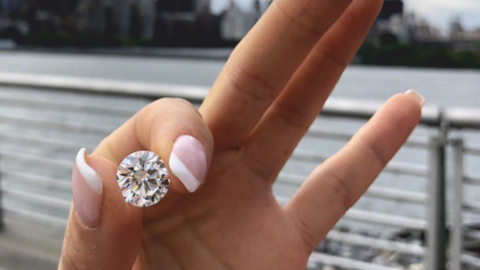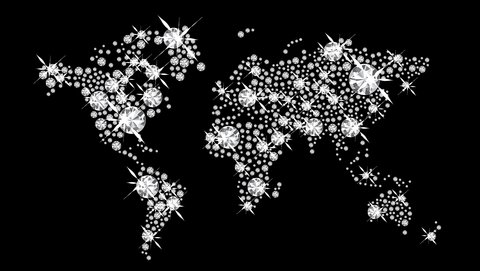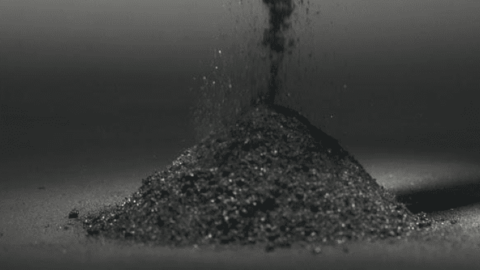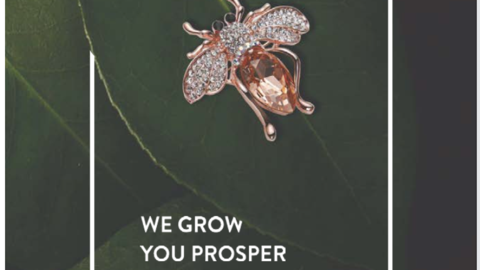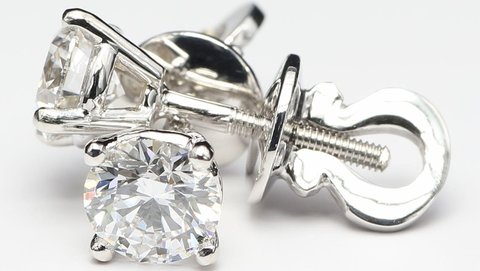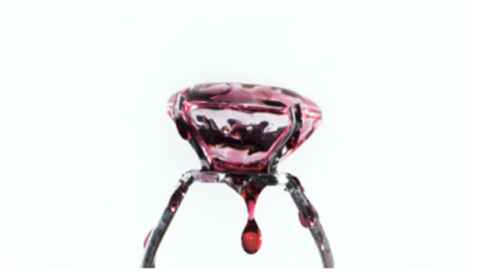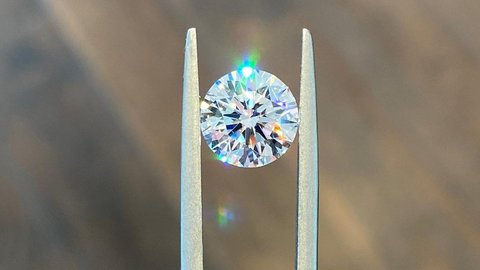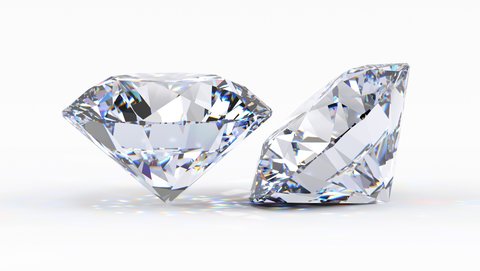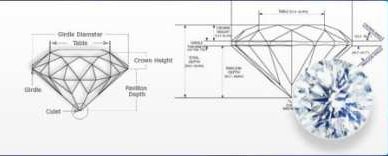VVS1 vs VVS2 Lab-Grown Diamonds: Which Clarity Grade Offers Better Value?
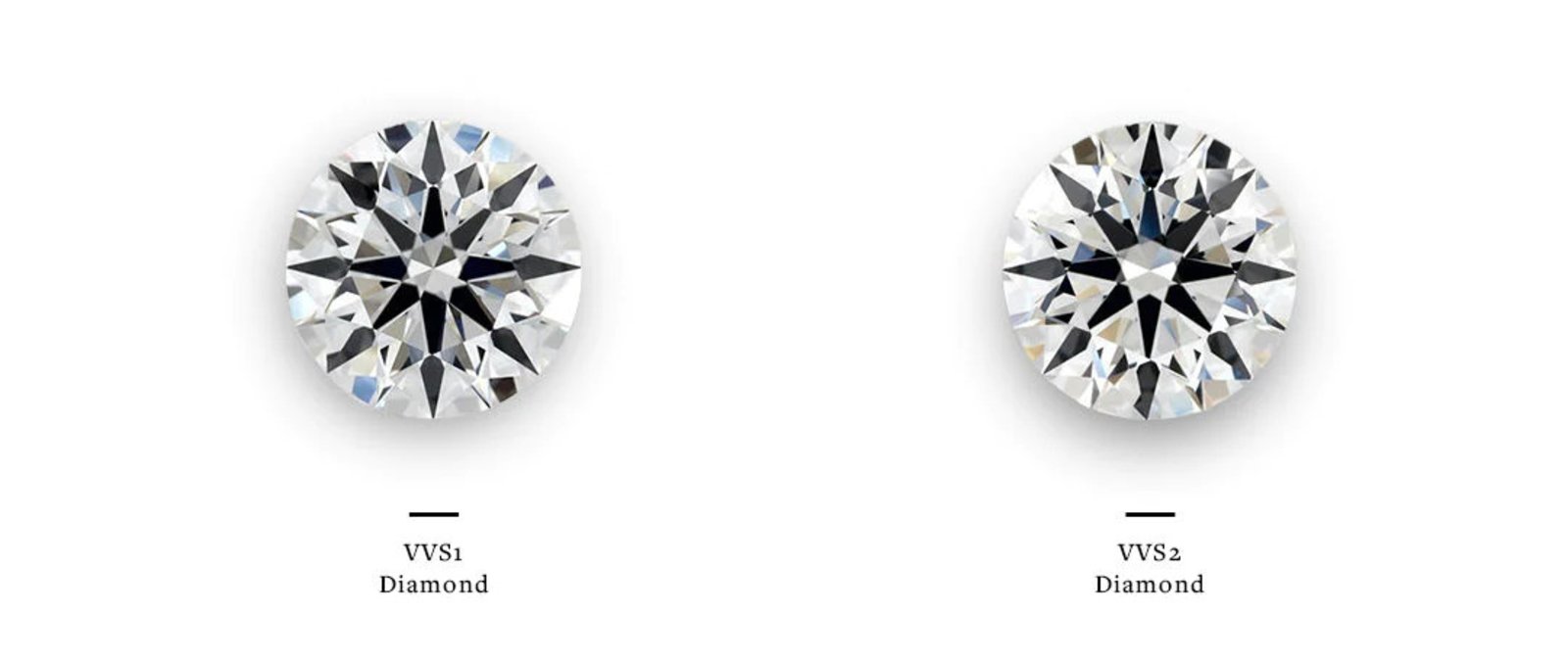
When it comes to lab-grown diamonds, the clarity grades hold significant importance for potential buyers. VVS2 and VVS1 grades are often subjects of comparison. Gaining insight into the disparities between these grades will aid you in making a well-informed choice when in search of the ideal lab stone.
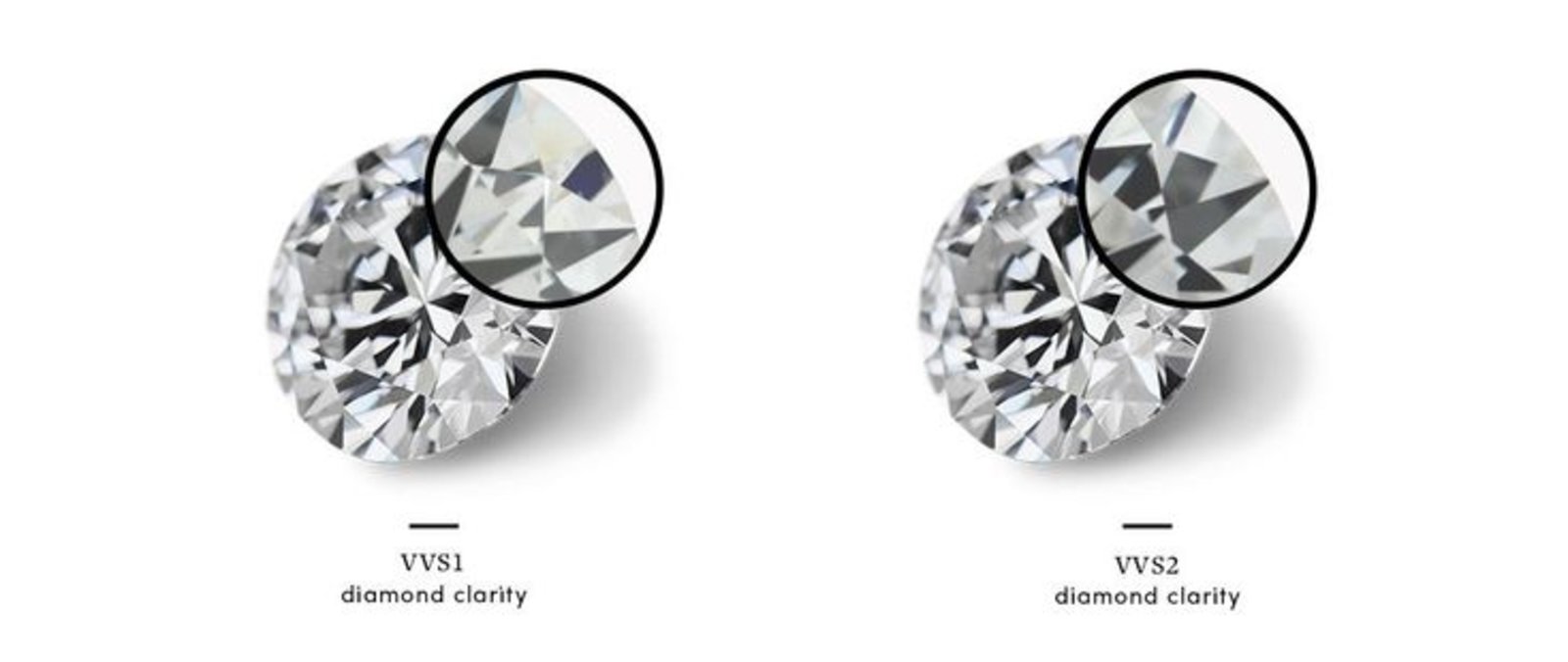
Exploring Clarity in Lab-Grown Diamonds
There exist various categories, including mined and lab-grown, each possessing distinct characteristics. Among these, one of the pivotal attributes to consider is the presence of imperfections referred to as inclusions. Inclusions are minute particles of material found within a diamond.
The Gemological Institute of America (GIA) employs a diamond clarity grading system that spans from inclusion (I) to flawless (FL). Within the VVS category, two subcategories, VVS1 and VVS2, are delineated.
VVS1, denoting "very, very slightly included 1," signifies minor flaws that remain imperceptible to the naked eye. Conversely, VVS2, labeled "very, very slightly included 2," indicates that the diamond harbors some flaws and inclusions detectable under a jeweler's loupe at 10x magnification.
Main Differences between VVS1 vs VVS2 Lab-Grown Diamonds
The primary distinction between VVS1 and VVS2 lab-grown stones lies in the quantity of inclusions. VVS1 diamonds possess only a few inclusions, while VVS2 diamonds exhibit slightly more.
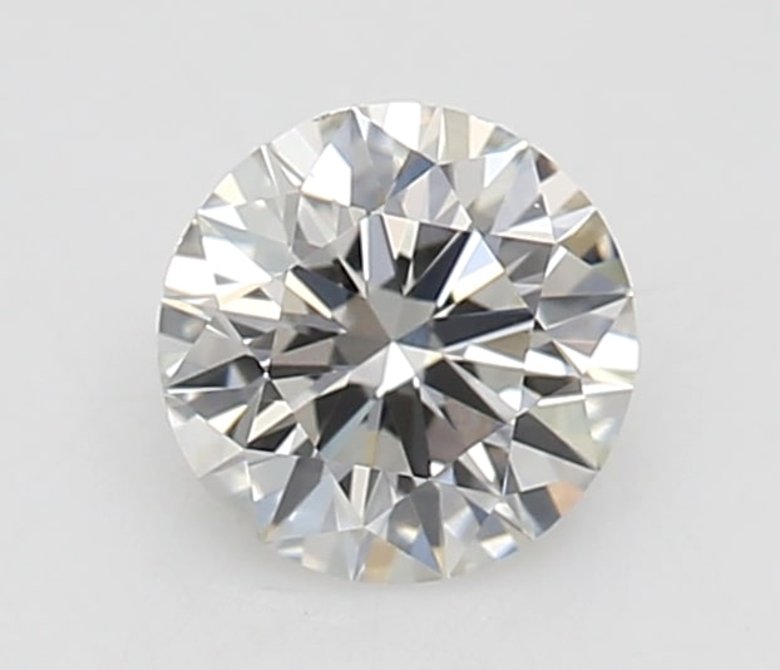
What Does VVS1 Clarity Mean?
A VVS1 diamond is virtually flawless, devoid of any evident issues such as cracks, chips, or major imperfections. It boasts remarkable brilliance and radiates sheer beauty. Potential minor surface scratches from the polishing process remain invisible to the naked eye, often challenging even a jeweler's magnifying tool to detect them. This explains why VVS1 gemstones command a higher price compared to VVS2 diamonds.
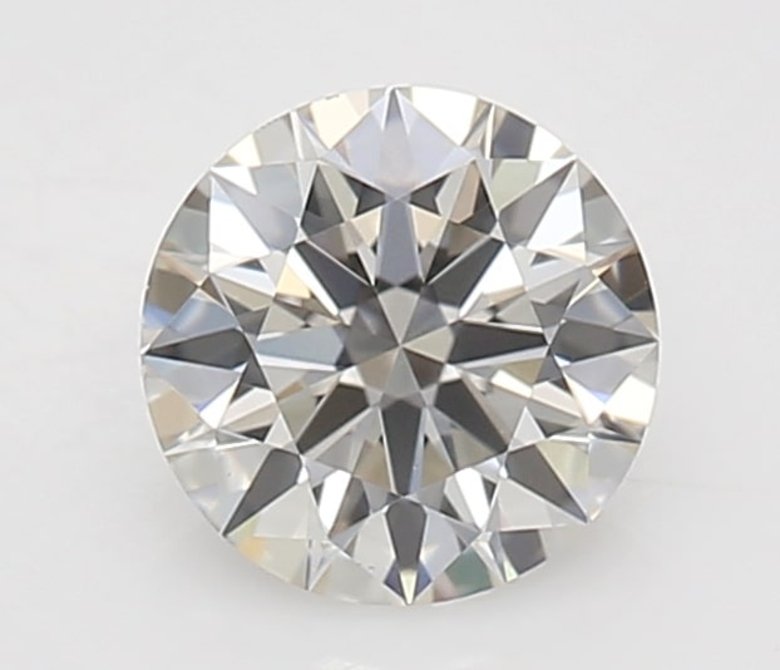
What Does VVS2 Clarity Mean?
Conversely, a lab-created VVS2 diamond bears a few small inclusions. While it may not achieve the perfection of VVS1, it may feature minor imperfections like scratches or chips. Nevertheless, a VVS2 diamond is much more affordable than a VVS1 diamond.
In comparing lab-grown VVS2 and VVS1 stones with similar cuts, colors, and carat weights, there exists approximately a 25% price differential, with VVS1 diamonds emerging as the pricier option between the two grades.
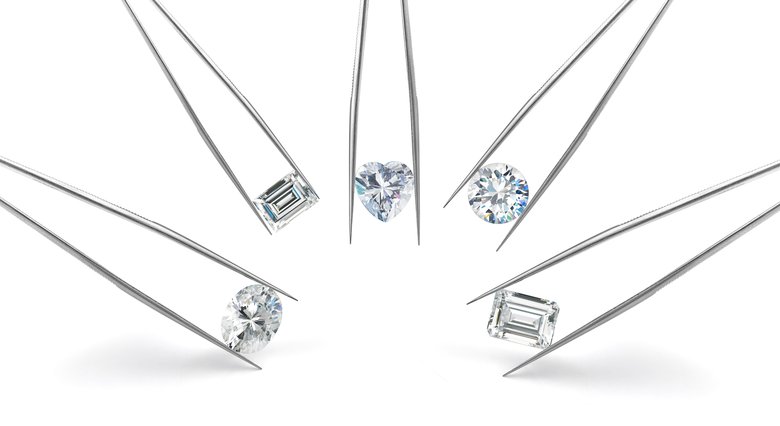
Get Access to Our Lab Diamond Database
Find Out About Prices and Availability Information
Which One to Choose: VVS1 vs VVS2?
Now, you possess a clearer basis for determining which one aligns best with your preferences.
If you prioritize superior quality, cost considerations, and the allure of an inclusion-free diamond, then the man-made VVS1 stone stands as the optimal choice. Conversely, if your aim is to remain budget-conscious while securing a lab diamond with fewer imperfections, then VVS2 is a suitable alternative.
At Labrilliante, our experts are ready to demystify all the intricacies of diamond clarity and help you in discovering the perfect gemstone for your desires, all within your budget.
Is VVS1 Worth the Extra Cost?
When considering whether VVS1 clarity is worth the premium over VVS2, it's essential to evaluate your priorities as a buyer. VVS1 lab-grown diamonds typically command a 20-25% higher price than their VVS2 counterparts with identical cut, color, and carat specifications. This additional investment delivers a diamond with fewer and less noticeable inclusions, which may be particularly valuable for larger stones above 2 carats where imperfections become more apparent, or for certain cuts like Emerald or Asscher where inclusions are more visible due to their step-cut faceting pattern. For most consumers, however, the practical difference in visual appeal remains imperceptible to the naked eye, making VVS1 primarily a consideration for those who prioritize technical perfection or are purchasing diamonds as investment assets rather than solely for aesthetic enjoyment.
Can You See the Difference Between VVS1 and VVS2?
The difference between VVS1 and VVS2 clarity grades in lab-grown diamonds is virtually impossible to detect with the naked eye, requiring specialized equipment even for trained gemologists. Both clarity grades feature minute inclusions that are challenging to identify even under 10x magnification, with the primary distinction being the size, number, and position of these inclusions rather than their visibility to casual observation. In VVS1 diamonds, inclusions are typically only visible from the pavilion (bottom) of the stone when viewed by an expert using a jeweler's loupe, while VVS2 inclusions might be slightly more detectable from the crown (top) but still remain invisible without magnification. This subtle technical distinction explains why even professional jewelers often need to examine a diamond's official certification to confirm whether it's VVS1 or VVS2, making the choice between these two grades primarily one of documented quality rather than perceptible beauty.
When is VVS1 a Better Investment Than VVS2?
VVS1 clarity lab-grown diamonds emerge as superior investments over VVS2 in specific scenarios that merit the 20-25% price premium. For collectors focusing on rare, investment-grade diamonds exceeding 3 carats, the VVS1 grade provides additional assurance against value depreciation, as larger stones face more scrutiny during future appraisals. Additionally, certain diamond shapes benefit disproportionately from VVS1 clarity—emerald, asscher, and baguette cuts with their long, uninterrupted facets act as windows that make inclusions more noticeable, making the higher clarity grade financially justifiable. VVS1 also represents a strategic choice for custom jewelry pieces where the stone will be set in minimalist, tension, or floating settings that expose more of the diamond's profile rather than traditional prong settings that can camouflage minor inclusions. Ultimately, while both grades offer exceptional clarity, VVS1 becomes the more prudent investment when maximum long-term value retention, specific cut requirements, or showcase settings are primary considerations in your purchase decision.
FAQ
VVS (Very Very Slightly Included) is a higher clarity grade than VS (Very Slightly Included). VVS diamonds have fewer and smaller inclusions than VS diamonds, making them more valuable and expensive.
Yes, VVS1 (Very Very Slightly Included 1) diamonds have fewer and smaller inclusions compared to those with a VS1 grade. The difference in clarity is noticeable under 10x magnification, but may not be apparent to the naked eye.
An IF (Internally Flawless) diamond has no inclusions or blemishes visible under 10x magnification, making it one of the rarest and most expensive clarity grades. VVS1 (Very Very Slightly Included 1) diamonds have minute inclusions that are difficult to see under 10x magnification. While both are high-quality diamonds, IF diamonds are considered superior to VVS1 diamonds in terms of clarity.
In most cases, the difference between VVS1 and VVS2 clarity is not visible to the naked eye. The inclusions in both clarity grades are typically so small that they can only be seen under 10x magnification by a trained professional.
Yes, both VVS1 and VVS2 diamonds are considered rare. Only a small percentage of diamonds mined worldwide fall into these clarity grades. This rarity contributes to their higher value and price compared to diamonds with lower clarity grades.


